In the flow of more than a thousand years of the nation, Hung Yen is not only a fertile rice land but also a land of "spiritual land and talented people", marking the periods of prosperity and decline, especially through the image of Pho Hien - a once prosperous trading port. From the lessons of Pho Hien in the past, Hung Yen today can draw directions to break through, becoming an attractive cultural, spiritual, and river tourism destination.
The river, the source and the golden memories
Going back in time, we see that Pho Hien is not far from Thang Long citadel, on this side of the river is Phu Phuong, on the other side of the river in Son Nam Ha is Chi Long. On Phuong side, on Long side, through the waterways of Day river, Red river, at one time people could transport goods of Thang Long's hundreds of arts through here to the community from all over.
Pho Hien is also the gateway to all river trade routes from the sea to the North to connect into a bustling urban area, including the Thang Long citadel. Documents also record that in the 17th and 18th centuries, kings, mandarins and talented women often traveled by water to Pho Hien to have fun, shop and enjoy the cultural atmosphere of the four directions of the city.
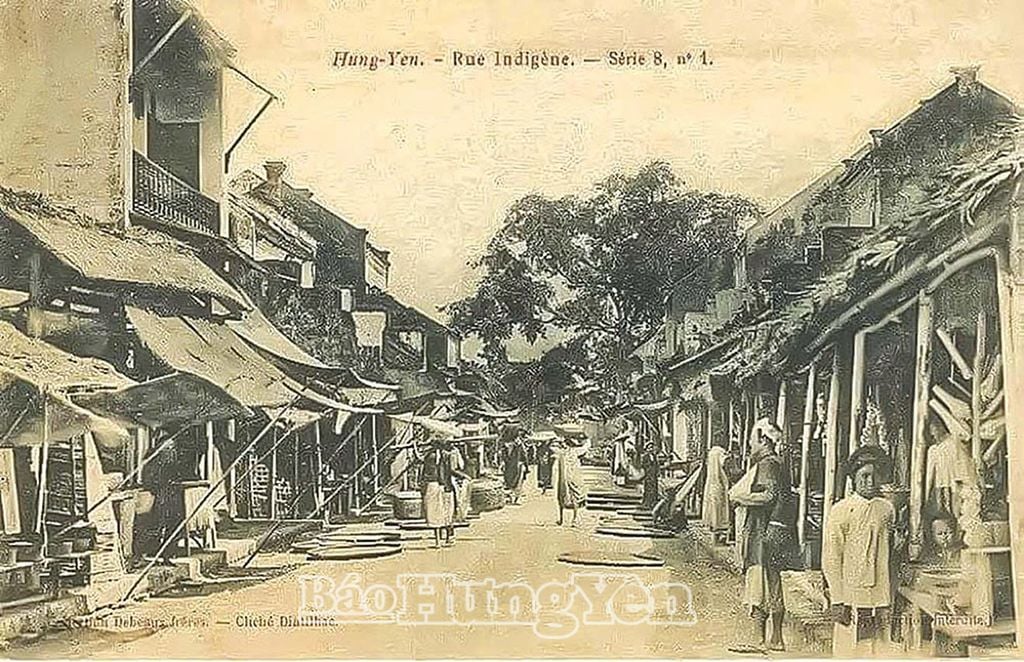
During its prosperous period, Chinese merchants in Xich Dang established trading establishments here and then expanded their connections with ports such as Hoi Trieu in Thanh Hoa, Can Hai and Hoi Thong in Nghe An . Pho Hien was also directly connected to international trade routes across the East Sea, such as Japan, China, Southeast Asian countries, as well as with many Western countries such as the Netherlands, England, France, Italy, Portugal, etc.
Pho Hien is not only economically strong but also a “spiritual land” with a rich system of temples, pagodas, and shrines: Hien Pagoda, Mau Temple, Thien Hau Temple… It is a place where literati and visitors stop to enjoy, a place that preserves anecdotes about the harmony between East and West, creating a unique “multicultural space”. The ancient people of Pho Hien knew how to skillfully combine geographical factors, the river, and cultural and religious life, turning Pho Hien into a part of the “soul” of the Northern Delta region.
However, Pho Hien could not avoid the law of prosperity and decline. When the Red River changed its course, Pho Hien wharf was no longer convenient for boats to pass through. The shift of political and economic focus to the South (Vi Hoang, Nam Dinh), along with the "closed-door" policy of the Nguyen Dynasty, caused Pho Hien to gradually decline. Western trading posts gradually decreased, the port was deserted by merchant ships, and Pho Hien sank into oblivion.
What is the profound lesson here? Not only is it due to changes in nature, but the decline also reflects the perception and vision of development that has not been sustainably attached to the river, the source of life. The Red River once “carried” Pho Hien to the peak of commerce and culture, and when people neglected its role, the riverside city lost its vitality.
Today, looking back at Pho Hien, we clearly see: the river is not only “transportation”, but also a “cultural flow”, connecting the community, nurturing identity, creating soft values for development. That is also an important basis for Hung Yen today to affirm the role of the Red River, Luoc River, Bac Hung Hai River… as potential waterway tourism routes and cultural foundations.
Exploiting the potential of riverside tourism, awakening the "country soul" of Hung Yen
In the context of international integration and fierce competition among tourist destinations, finding a unique path is a matter of survival. Fortunately, Hung Yen has a “treasure” of heritage that not every place has: more than 1,800 historical relics, of which 176 are national relics; ancient villages, traditional craft villages such as Nom village, Phu Ung village… and festivals typical of the Red River civilization. All are like “gems” waiting to be polished to shine.
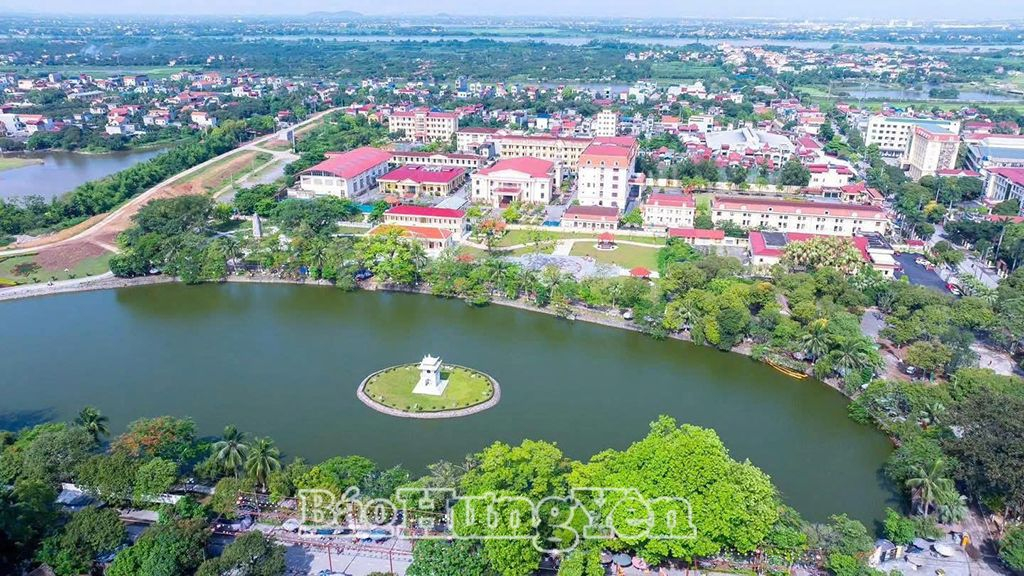
In particular, the Red River, the “mother river”, can become the “backbone” for developing riverside tourism. Along this river, visitors can experience a journey “back in time”, from Hanoi to Pho Hien, from modern to ancient. Boat tours will recreate the bustling trading scene of the past, combined with visits to craft villages, temples, and historical sites along the river.
Luoc River, Bac Hung Hai River, important irrigation systems, are also “green” tourist routes, bringing experiences close to nature. Tourists not only get to see the peaceful scenery of Hung Yen countryside, but also learn about rural life, a unique “countryside soul” that urban tourists always crave.
Developing tourism in Hung Yen cannot stop at just promoting destinations. It is a comprehensive, long-term strategy, focusing on preserving and promoting heritage values, harmoniously combining natural, cultural and community factors. First of all, it is necessary to conduct surveys and make detailed profiles of tangible and intangible heritages in the area. From there, build a "Hung Yen cultural tourism map", avoiding fragmented and unsynchronized exploitation. It is necessary to plan waterway tourism routes, in which the Red River can become the "main tourism" route connecting Hanoi, Hung Yen and Hai Duong. River tours will bring new experiences, helping visitors discover the peaceful beauty of the Red River Delta. At the same time, the routes along the Luoc River, Bac Hung Hai... need to be invested in, associated with craft villages, cuisine, and traditional festivals. At the same time, it is necessary to promote river renovation - environmental protection. Dredging and clearing the flow is not only a requirement for agricultural production but also the "breath" of tourism. A clean and beautiful river will be a space for ecological experiences, connecting village culture, recreating memories of the old Pho Hien. In addition, it is necessary to build boat docks, riverside stops, floating restaurants... but they must be in harmony with the landscape, not destroying the cultural and historical space. "Soft" infrastructure (human resources, tourism products, professional services) also needs to be focused on. Finally, it should be noted that local people are the subjects of tourism. They are the "living tour guides" who tell stories about the village and preserve traditions. Tourism development must be associated with improving livelihoods and quality of life for residents.
With the determination to develop cultural tourism in the socio-economic development strategy, Hung Yen province has recently completed the project "Construction and restoration of ancient Pho Hien" and submitted it to the competent authority for approval. The project not only hopes to restore a once famous trading port in the North, but is also a strategic breakthrough to turn Hung Yen into a unique cultural tourism destination.
When implemented, the project will unleash the great potential of Pho Hien - a land of unique historical, architectural and religious values. In particular, the development of tourism associated with exploiting the advantages of the Red River and waterways will create new appeal, recreating the bustling trade flow of the past, turning Pho Hien into a "highlight" of riverside tourism - a type of tourism that is popular with tourists.
At the same time, the project will promote the preservation and promotion of tangible and intangible heritage values - from temples, pagodas, shrines to traditional festivals such as ca tru, cheo, and hat trong quan. The reproduction of diverse cultural spaces, combining preservation and development, will not only improve people's lives but also affirm Hung Yen's position on the national and international tourism map.
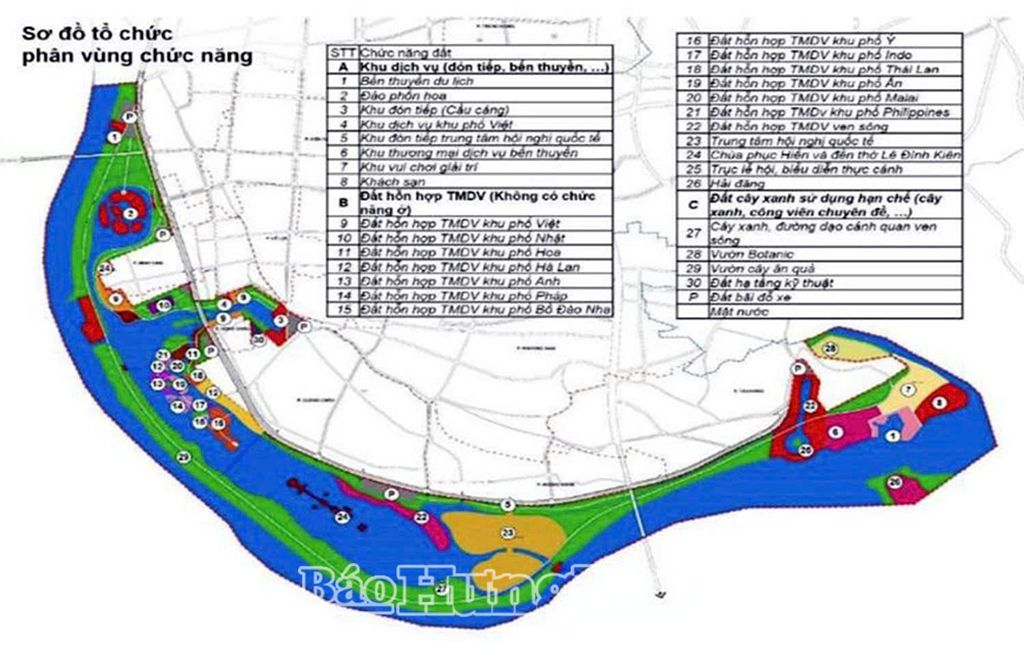
Hung Yen today has all the conditions to continue writing the “epic of Pho Hien”, turning rivers and heritage into soft power – into competitive advantages in tourism. When tourist boats glide on the Red River again, when the old Pho Hien is revived in a new rhythm of life, Hung Yen will not only be a destination, but also a journey to find the origin – a land that converges and spreads culture and eternal history.
Thanh Mai
Source: https://baohungyen.vn/phat-trien-du-lich-hung-yen-bai-hoc-tu-pho-hien-xua-va-huong-toi-tuong-lai-3181778.html








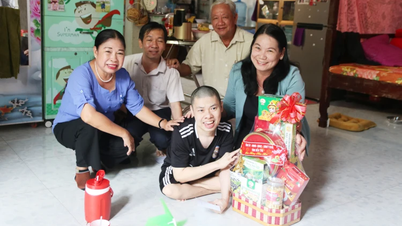

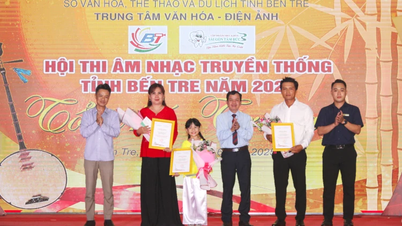
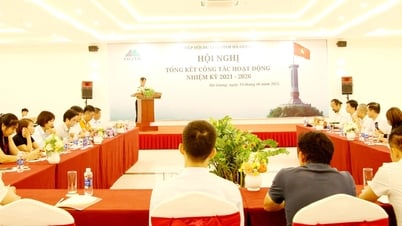




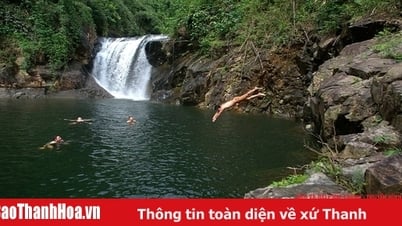







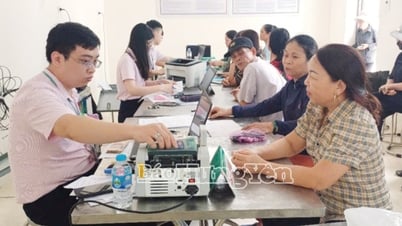
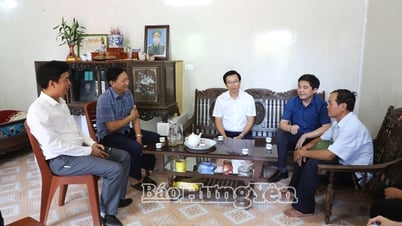



















































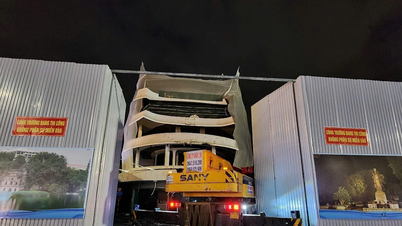

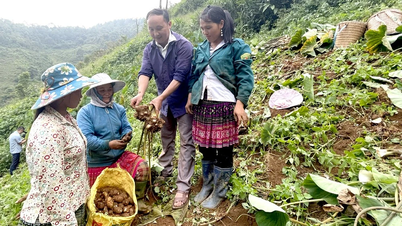
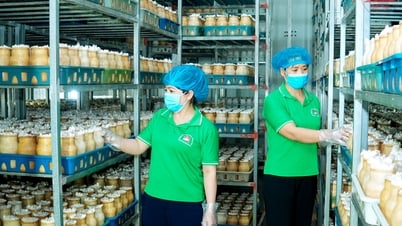

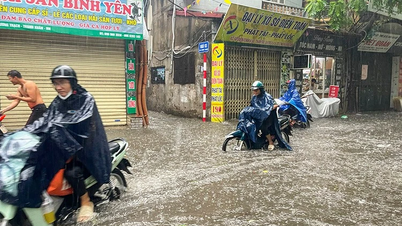












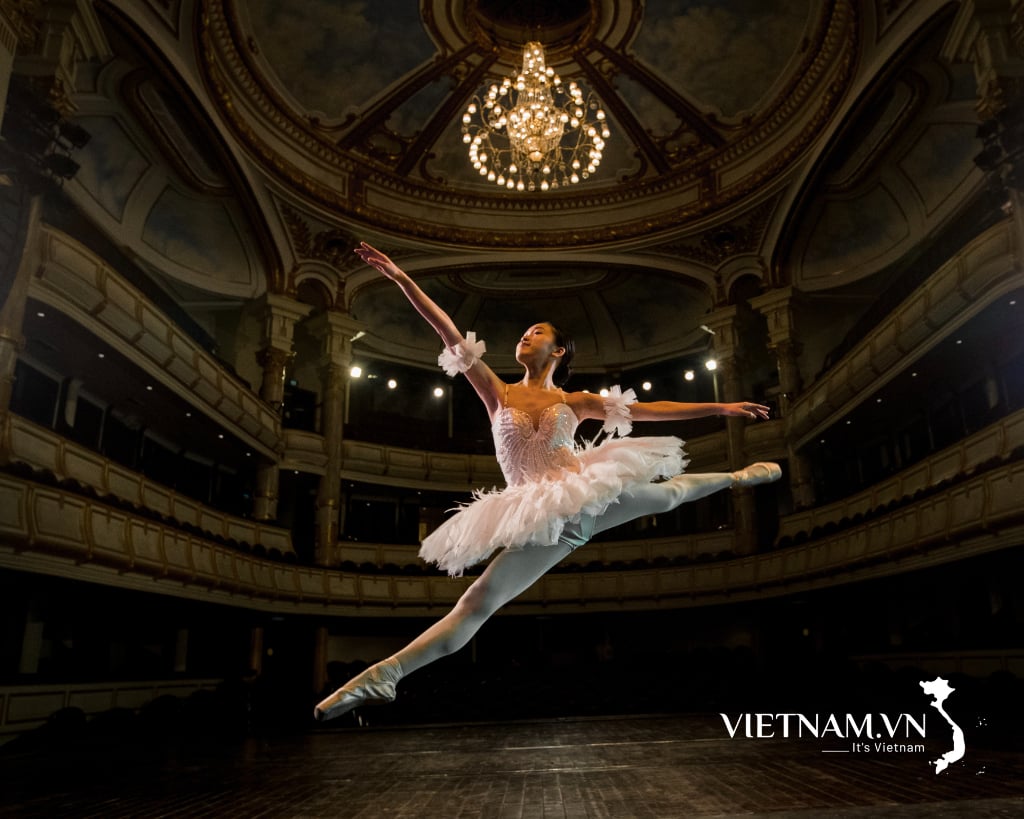
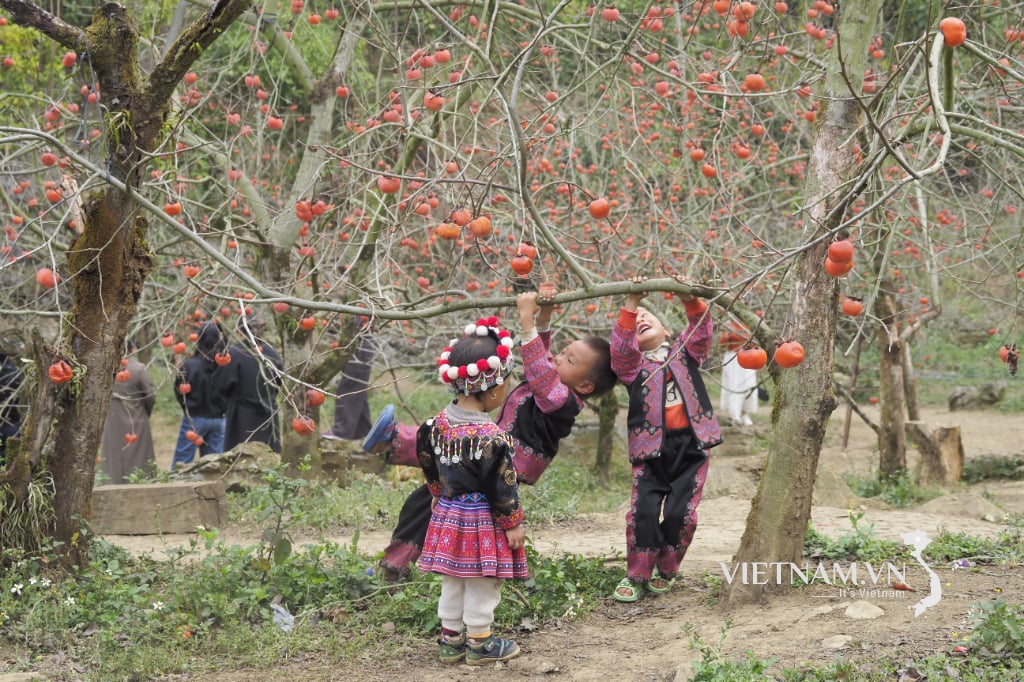
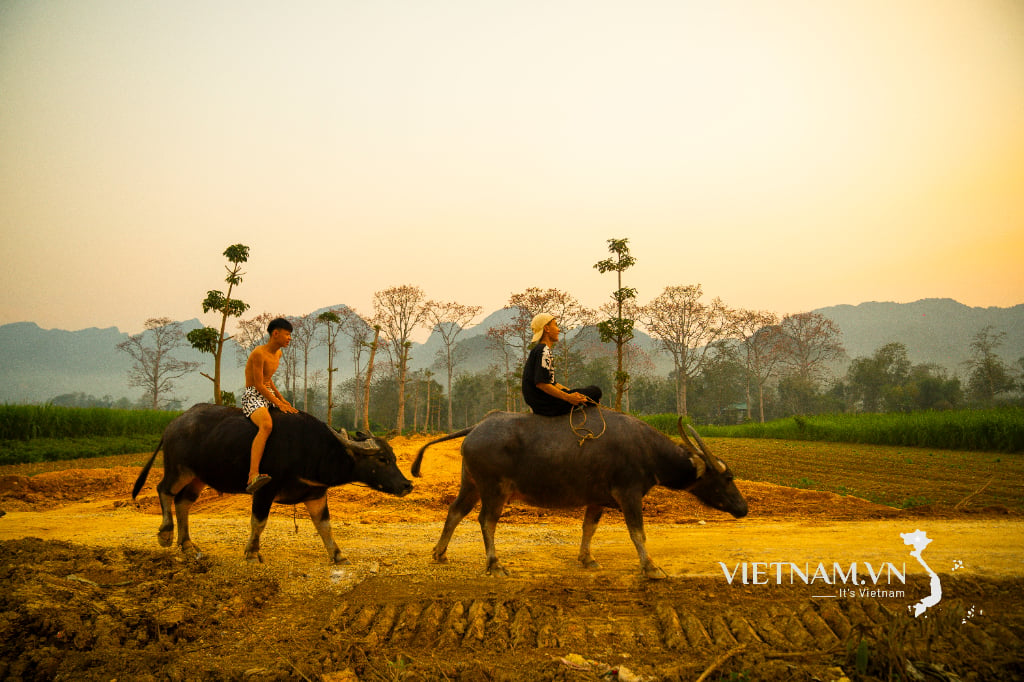
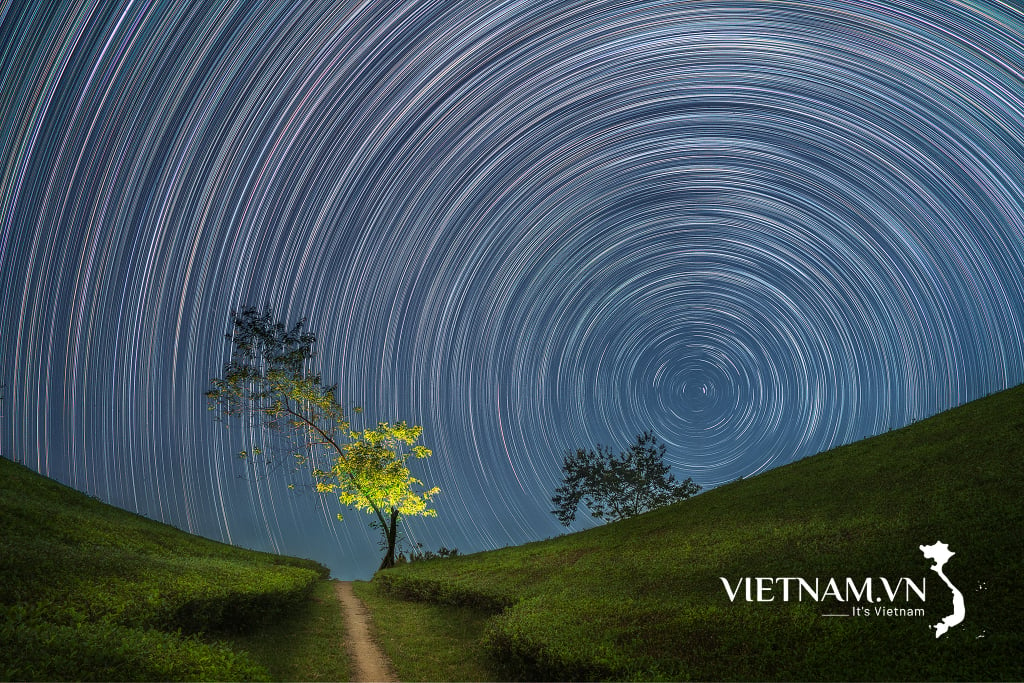
Comment (0)